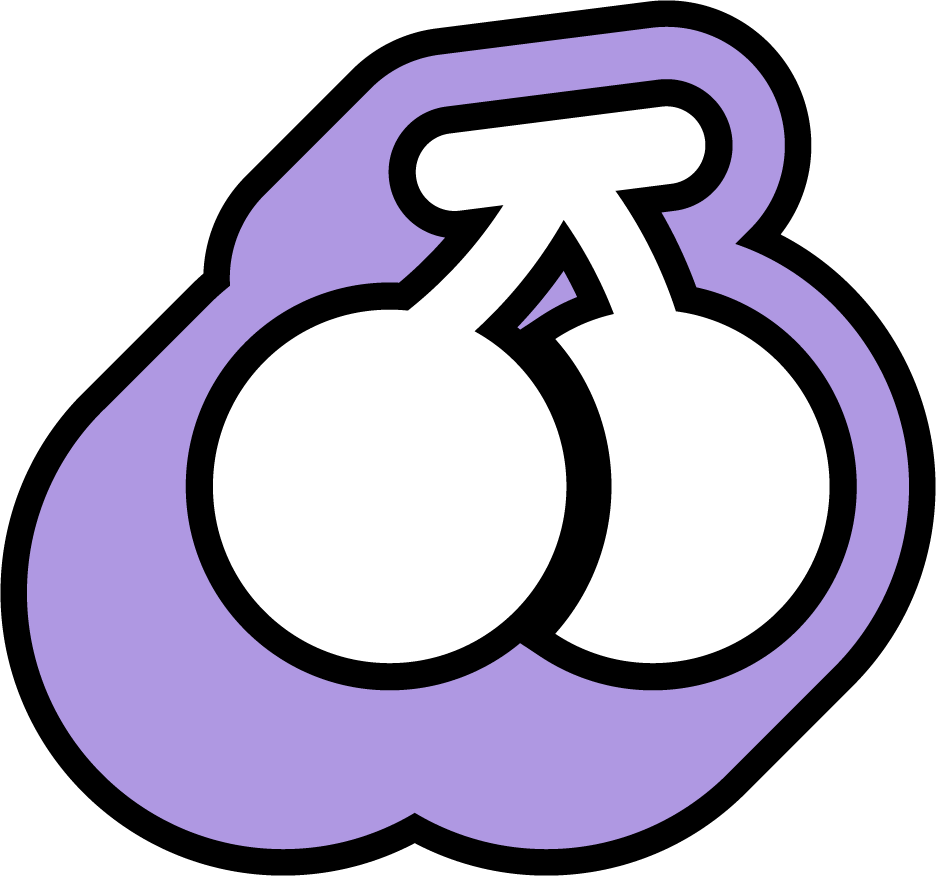Understanding Japanese colonial era K-dramas
We take a look at South Korean history to help K-drama enthusiasts understand more about their favourite Japanese colonial era K-dramas.
Gyeongseong Creature aimed to spread awareness of the Japanese occupation of Korea to overseas viewers. Image: Netflix.
‘Gyeongseong Creature’
The release of Netflix’s Gyeongseong Creature at the end of 2023 — and its success with overseas audiences — has encouraged more awareness of one of the most significant periods in Korean history. However, during the production process of the K-drama, the writer, Kang Eun-kyung, was reminded that the drama might not do so well abroad.
The location of ‘Gyeongseong’ in the title of the drama refers to the pre-contemporary name of the capital, now known as Seoul.
The drama follows the misfortunes of pawn shop owner, Jang Tae-sang, played by Park Seo-jun, who makes a terrifying discovery in the basement of the central hospital. Along with love interest Yoon Chae-ok, played by Han So-hee, who has her own mission to fulfil, the pair navigate the threat from both the Japanese colonial forces and the grotesque Gyeongseong Creature.
In an interview with The Korea Times, Kang Eun-kyung told reporters: “Typically, historical genre works receive less attention internationally. However, the director and I were strongly motivated to ensure this story reaches a wide audience.
“We believe that Netflix, being a global platform, has the influential power to give our content the impact we envision.”
Gyeongseong Creature is due to premiere a second series in 2024, although changing the setting to modern day Seoul.
‘Mr Sunshine’
Mr Sunshine is another K-drama intrinsically tied to the Japanese colonial era. It follows Eugene Choi, played by Lee Byung-hun, a Korean raised in the United States and returning to Korea as a United States Marine Corps officer.
During his service in his home country he falls in love with an aristocrat’s daughter named Go Ae-shin played by Kim Tae-ri.
Set in the early 1900s, the drama focuses on the fight for Korean independence with Ae-shin secretly acting as a freedom fighter.
The drama heralds a significant date in Korean self-determination, that being the March 1st Movement (also known as Samil Independence Movement) where national protests were carried out against the annexation of Korea by the Japanese Empire starting March 1st 1919. This event is regarded as integral to the strengthening of national unity and is designated as a national holiday in both North and South Korea today.
When was the Japanese occupation of Korea?
The Korean peninsula was colonised by the Japanese Empire between 1910 and 1945, where the end of the Pacific War brought the occupation to a close.
While the Japanese Empire occupied Korea, at the same time, it also occupied other countries in East Asia such as Taiwan and waged war in northeastern China. The invasion of these countries was motivated by the Japanese Empire’s adoption of Western colonial practices, where the colonial power regards itself as superior to surrounding countries and justifies its occupation by claiming to help them progress towards civilization.
It was due to this justification that life for average Korean citizens at this time was particularly oppressive.
Mr Sunshine tells a love story against the backdrop of the Japanese occupation of Korea. Image: Netflix.
Korean nationalists and intellectuals covertly formed an independence movement which worked to build support against the Japanese Empire, producing newspapers and leaflets written in Hangul (the Korean alphabet) which had been banned by the Japanese Empire under assimilation policy.
The Korean independence movement was active during the entirety of the Japanese occupation, at the risk of torture and death. However, it was the fall of the Japanese Empire at the end of the Pacific War which granted the Korean people their independence.
Korea under Imperial Japanese Assimilation Policy
The Japanese occupation period is often characterised by the strict assimilation policy employed by the Japanese Empire to bring all of its subjects under the control of the Emperor.
This included policies that banned the use of local languages and scripts, and even required people to change their names to Japanese equivalents. Korean people were also forced to worship Japanese shrines and censorship of Korean media was common practice.
While fictitious, Gyeongseong Creature is based on the Japanese occupation of Korea and the affects it had on citizens of both nations. Image: Netflix.
The Japanese Empire also prided itself on progressing towards modernism, which, in terms of fashion and architecture, was interchangeable with Western styles. While the Korean people had their own cultural dress, social pressure led to Western suits becoming the dominant dress in this period.
It is the elements of Japanese assimilation policy that viewers might recognise the most in K-dramas, as they heavily influenced day-to-day life. In Gyeongseong Creature, for example, the actors often switch between Korean and Japanese, which was indeed a requirement of the assimilation policy.
Edited by Chelsea Cheetham and Gabii Rayner.



